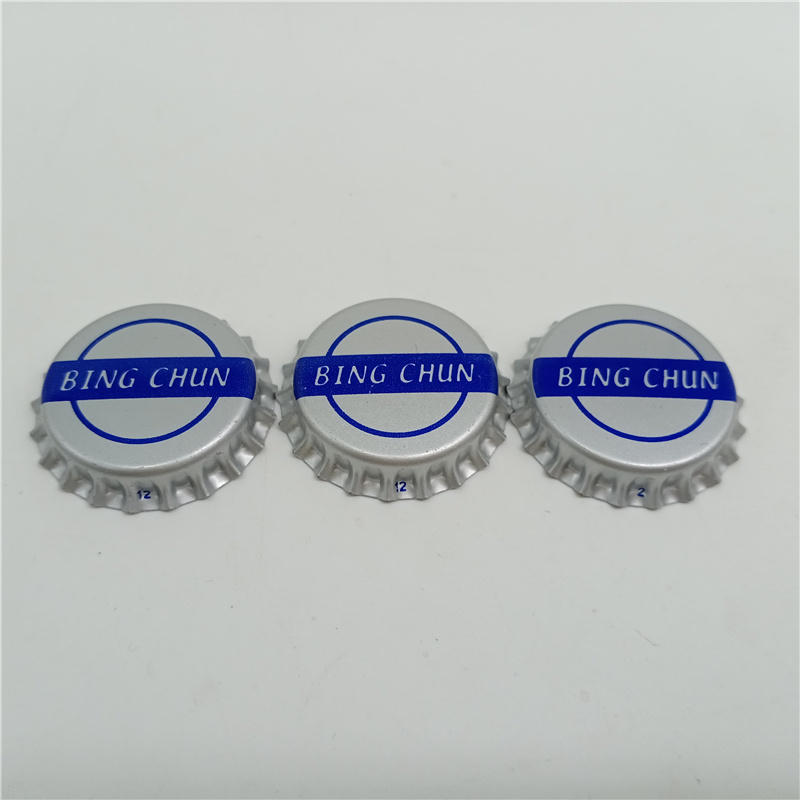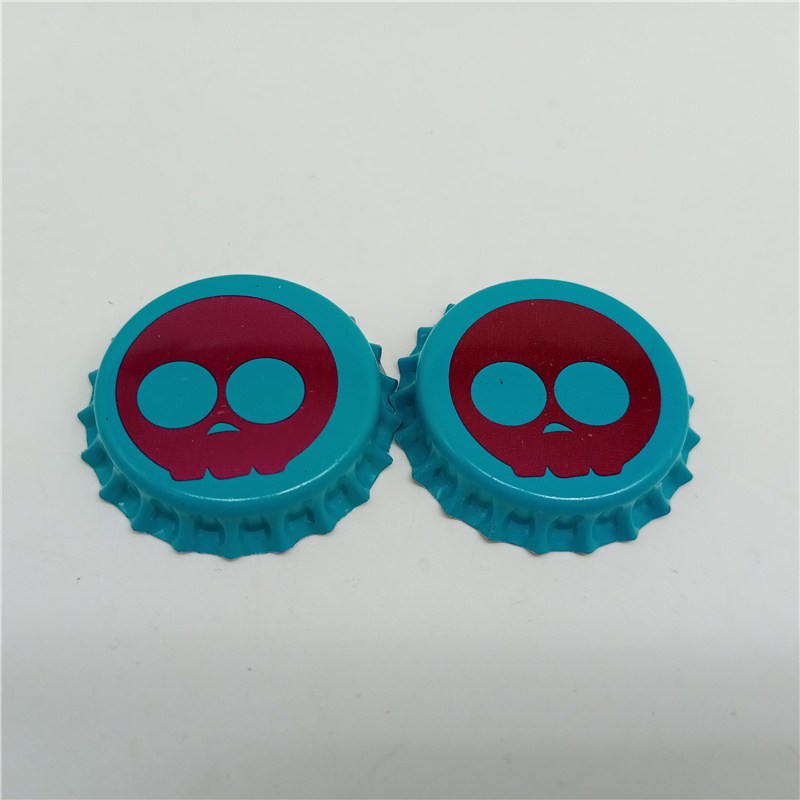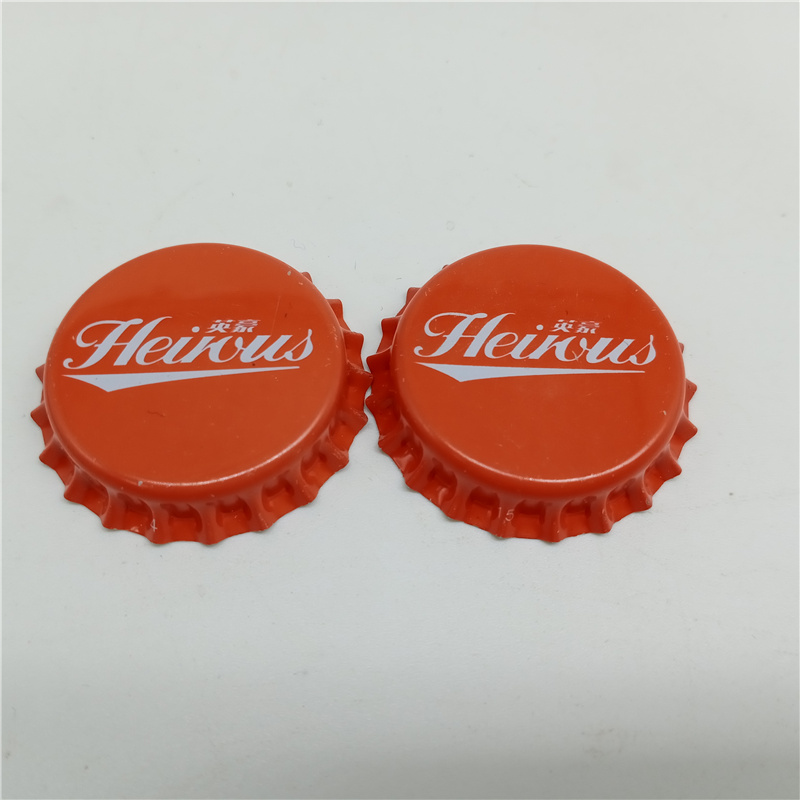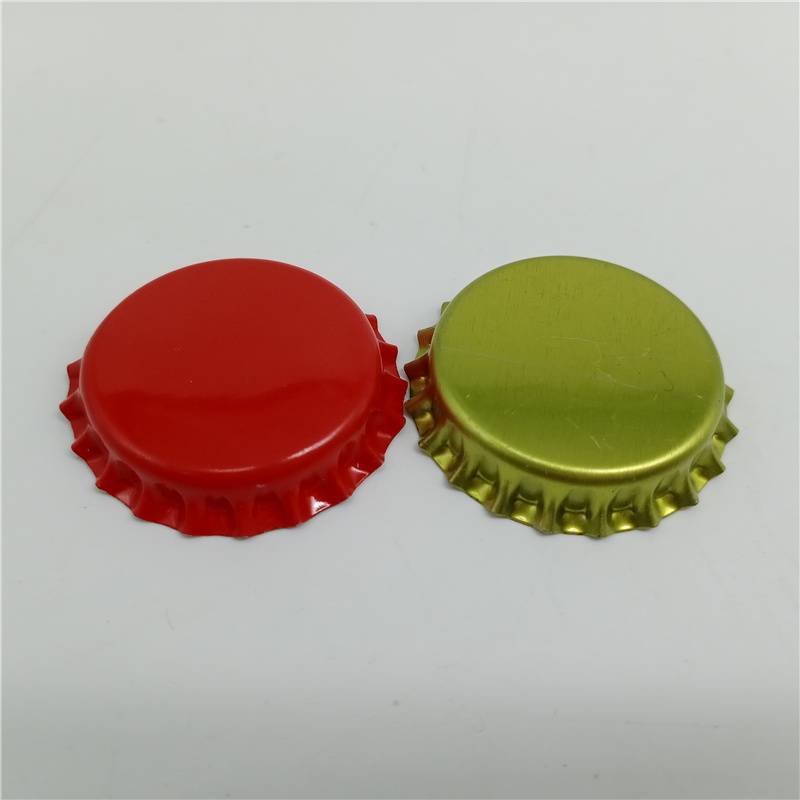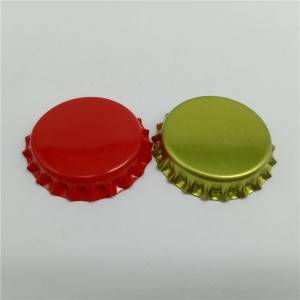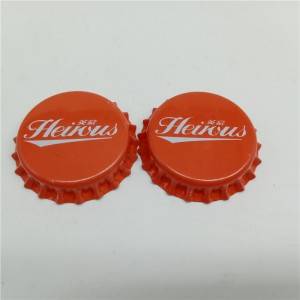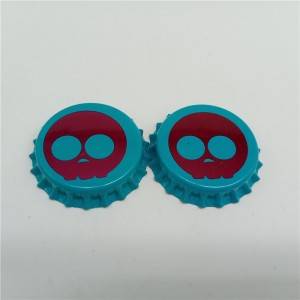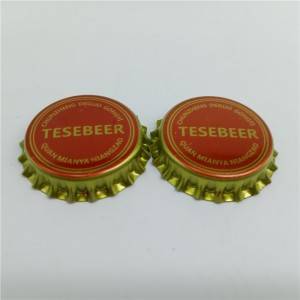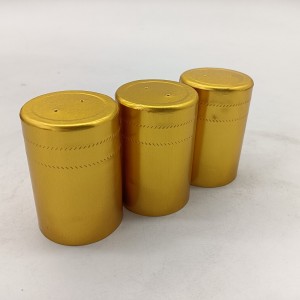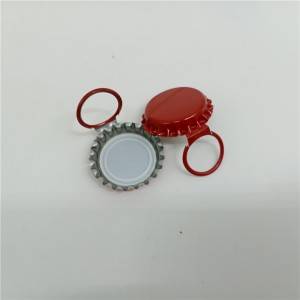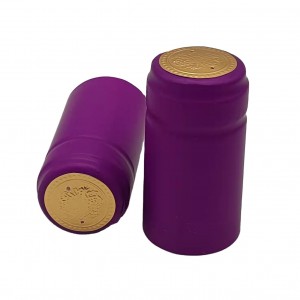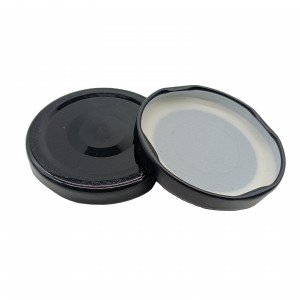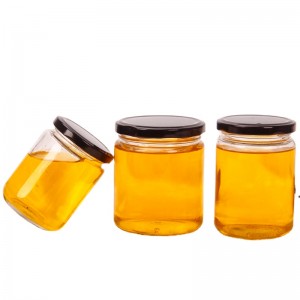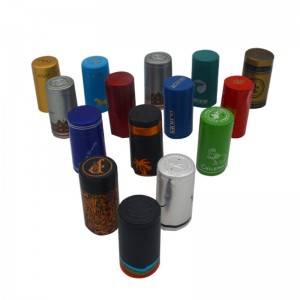OEM price beer crown caps 27mm with environment protection PE liner
| Product Name | OEM price beer crown caps 27mm with environment protection PE liner |
| Material | Tinplate |
| Cap type | Crown caps |
| Size | Standard size 27mm |
| Logo type | Decal , Frosted , embossed , silk print ; according to customer’s sample requirement. |
| ODM/OEM | Acceptable |
| Packaging | Samples with paper cartons ,bulk order pallets , pallets + paper cartons |
| Delivery time | Usually 10 -15 days mainly according to customer’s order quantity after confirm the samples |
| Certificate | SGS/ISO |
Crown cover is a stamping type of tin cover, generally according to the actual need to usually choose 0.23mm thickness, T3 or T4 hardness, tin coating 1.1° / 2.8g/m2 of tin (SPTE) or chrome (TFS).The tinplate material shall meet the MR standard, and the imported iron shall meet the Japanese JISG3303 standard;Must have certain strength and hardness, and must have certain impact resistance.
These LIDS are manufactured in accordance with the internationally accepted German standard DIN6099 to ensure that all LIDS are the same.
The standard specifies not only the diameter of the bottleneck, but also the shape of the edge of the cap and the materials used to make it.
One of the requirements for a bottle cap is that it should be tight, which means more pleats;
The cap also needs to be strong, which means you can't have too many pleats to make sure each pleat has a larger surface area in contact.
Twenty-one teeth is the best compromise between these two requirements.
Twenty-one teeth has become the industry standard in modern times
Because beer contains carbon dioxide, there are two basic requirements for the bottle cap of beer, one is better sealing, the other is to have a certain degree of occlusity, which is usually said that the bottle cap should be firm.This means that the number of pleats per cap must be proportional to the contact area of the top to ensure that the contact area of each pleat can be larger. The corrugated outer seal provides both friction and ease of opening, and 21 teeth are the best choice to meet both requirements.
Only by having a comprehensive understanding of the printing and coating process and stamping process of crown cover, can we find out the reasons for each link and make corresponding adjustments when different quality defects appear, and the product quality can be guaranteed
